HISTORICAL DISTRIBUTION OF SHASTEEN NAME
![]()
HISTORICAL
DISTRIBUTION OF SHASTEEN
NAME
![]()
|
1810 US census - Shasteen families 2 VA, 3 KY,
Chasteen 1 VA, Chastain 1 KY, 1 LA, 2 SC, 1 VA, Chastine 1 KY,
pqrstuvwxyz
Amherst Co. VA brief history from County Historical Society: Native Americans were the first humans to populate the area. They hunted and fished mainly along the countless rivers and streams in the county. With the establishment of the Virginia Colony in 1607, English emigrants arrived in North America. By the late 1600's English explorers and traders traveled up the James River to this area. Early trading posts formed between 1710 and 1720. By 1730, many new families moved into the land currently known as Amherst County drawn by the desire for land and the good tobacco-growing soil. In 1761, Amherst County was formed from the southern half of Albemarle County. The original county seat had been in Cabelsville, now Colleen in what would later become Nelson County. The county was named for Sir Jeffrey Amherst who commanded the British forces that successfully secured Canada from the French. In 1806 the county assumed its present proportions when Nelson County was formed from its northern half. At that point, the county seat was moved to the village of Five Oaks, later renamed Amherst. The present county courthouse was built in 1870 and has served the county ever since. In the early days the major crop raised in Amherst County was tobacco with apple orchards becoming popular in the late 19th century. Timber, mining and milling were also important industries. The introduction of the railroad in the late 19th century greatly influenced the county's growth. The county contains many good examples of 18th, 19th and early 20th century rural and small town architecture. The downtown area of Amherst is a classic example of early 20th century commercial architecture. Ross Co. OH brief history: |
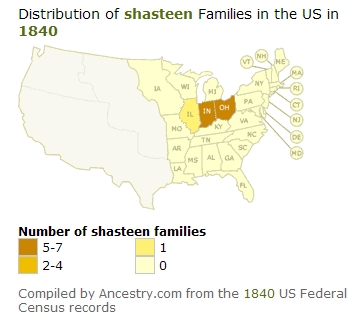 |
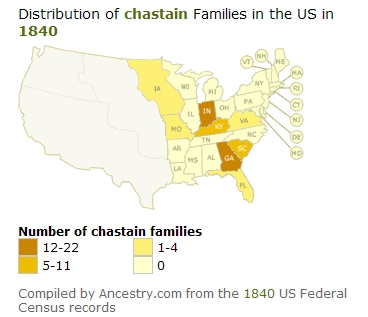 |
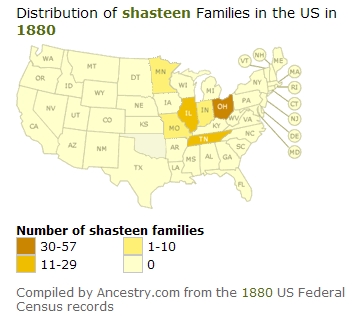 |
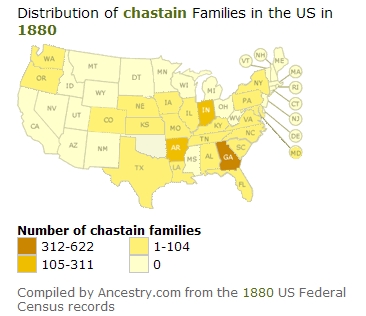 |
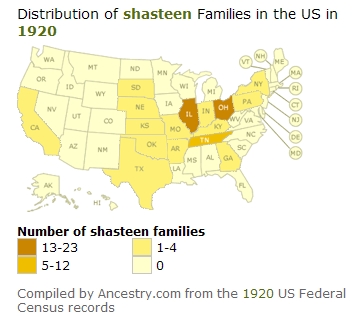 |
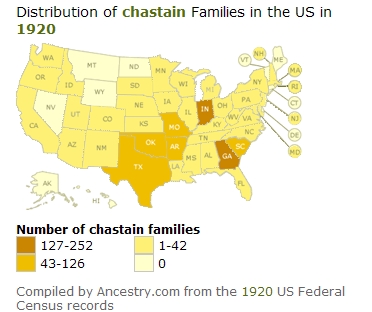 |
| Amherst Co. VA brief history from County Historical Society: Native Americans were the first humans to populate the area. They hunted and fished mainly along the countless rivers and streams in the county. With the establishment of the Virginia Colony in 1607, English emigrants arrived in North America. By the late 1600's English explorers and traders traveled up the James River to this area. Early trading posts formed between 1710 and 1720. By 1730, many new families moved into the land currently known as Amherst County drawn by the desire for land and the good tobacco-growing soil. In 1761, Amherst County was formed from the southern half of Albemarle County. The original county seat had been in Cabelsville, now Colleen in what would later become Nelson County. The county was named for Sir Jeffrey Amherst who commanded the British forces that successfully secured Canada from the French. In 1806 the county assumed its present proportions when Nelson County was formed from its northern half. At that point, the county seat was moved to the village of Five Oaks, later renamed Amherst. The present county courthouse was built in 1870 and has served the county ever since. In the early days the major crop raised in Amherst County was tobacco with apple orchards becoming popular in the late 19th century. Timber, mining and milling were also important industries. The introduction of the railroad in the late 19th century greatly influenced the county's growth. The county contains many good examples of 18th, 19th and early 20th century rural and small town architecture. The downtown area of Amherst is a classic example of early 20th century commercial architecture. |
| Ross County Links - Maggie Steward-Zimmerman site |
|
Migration to Ohio 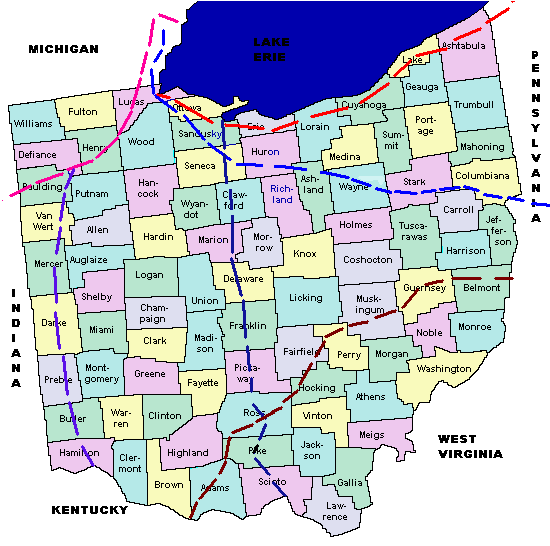  |
|
Ohio Canal System - Part of the benefit of the Shasteen's moving to Ohio when they
did was the quick improvement in commerce as a result of the canal system that
was built. The following is from The Ohio Department of Natural Resources,
Division of Water, Hydraulic Operations Unit web site.
|
![]()
Copyright © 1995-2014, All rights reserved